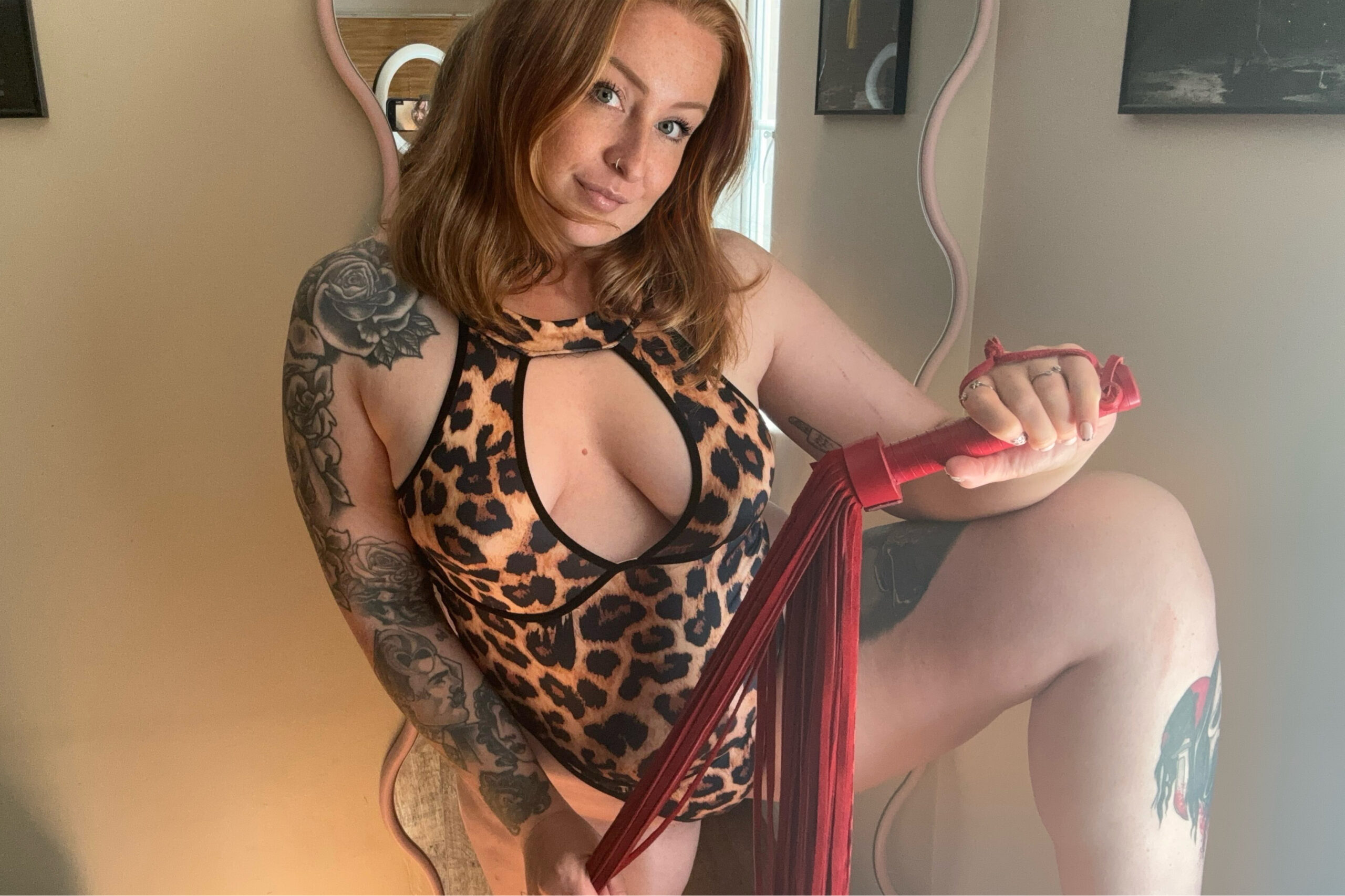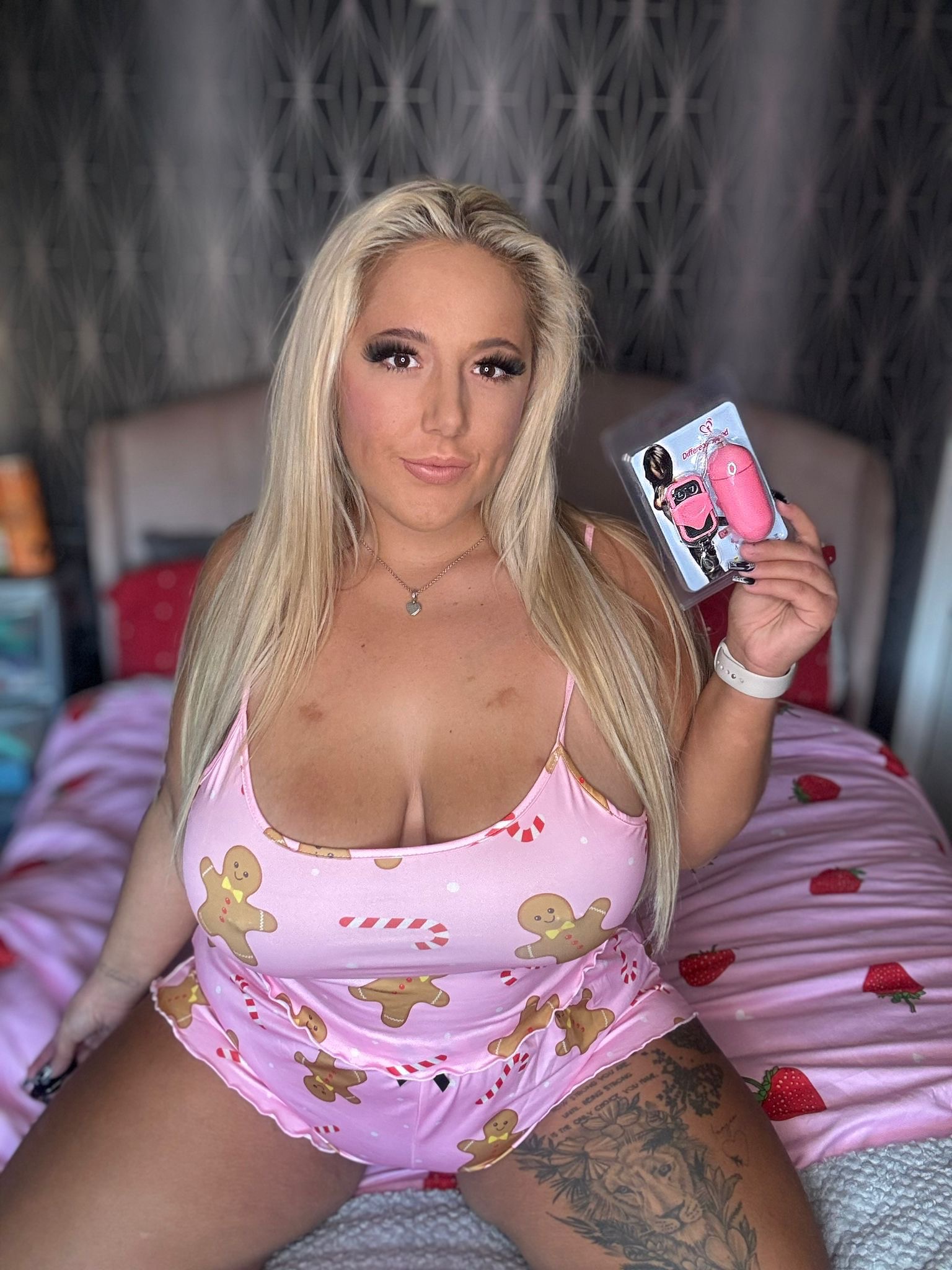Understanding Allosexuality
Allosexuality, a term gaining traction in discussions surrounding sexual orientation, refers to an individual who experiences romantic and/or sexual attraction primarily towards people of the opposite gender. While traditionally understood as “heterosexuality,” allosexuality encompasses a broader spectrum of attraction that doesn’t necessarily fit neatly into binary categories. Understanding this complex landscape is crucial for fostering inclusivity and celebrating the diversity of human experience.
Defining Allosexuality
Allosexuality represents an orientation where individuals primarily experience romantic and/or sexual attraction towards people of a gender different from their own. It’s important to note that allosexuality exists on a spectrum, meaning experiences within this orientation can vary greatly. Some individuals may have exclusively opposite-gender attraction, while others might experience fluidity or attractions beyond traditional binaries.
The Importance of Recognizing Allosexual Identities
Recognizing and understanding allosexual identities is crucial for creating a more inclusive and accepting society. It allows us to move beyond narrow definitions of sexuality and acknowledge the diverse ways people experience romantic and sexual attraction. By embracing this spectrum, we can foster empathy, respect, and genuine connections.
When discussing allosexuality, it’s important to avoid perpetuating harmful stereotypes or generalizations. Each individual experiences attraction in their own unique way, and reducing allosexual identities to a single monolithic concept undermines the complexity and diversity within this orientation.
Furthermore, recognizing allosexual identities allows us to challenge societal norms that often pressure individuals into conforming to rigid expectations. By accepting the fluidity and spectrum of human experience, we create space for greater authenticity and self-expression.
Navigating the Spectrum of Desire

Exploring the concept of allosexuality requires a nuanced understanding that transcends simplistic binaries. Allosexuality encompasses a diverse range of experiences where individuals primarily experience romantic or sexual attraction towards people of a gender different from their own. This spectrum includes those with exclusively opposite-gender attraction, as well as individuals who may experience fluidity or attractions beyond traditional categories.
Asexual and Aromantic Experiences
Navigating the spectrum of desire involves understanding that human experiences are diverse and complex. While allosexuality refers to experiencing primary attraction towards someone of a different gender, it’s important to recognize this is not a fixed category. Some individuals may identify as exclusively allosexual, while others might experience fluidity or attractions beyond traditional binary definitions.
Asexuality and aromanticism are also important facets of the spectrum of desire. Asexuality refers to a lack of sexual attraction, while aromanticism refers to a lack of romantic attraction. These identities exist on a spectrum as well, with individuals experiencing varying degrees of attraction or none at all.
Understanding these different experiences is crucial for fostering a culture of inclusivity and respect. By embracing the diversity of human desire, we can create a more accepting and understanding society that celebrates all forms of love and connection.
Demisexual, Gray-Sexual, and Other Fluidity in Sexual Attraction
Beyond allosexuality, individuals may identify as demisexual or gray-sexual, highlighting the fluidity of attraction. Demisexuality describes experiencing sexual attraction only after forming a strong emotional bond with someone. Gray-sexuality represents a spectrum where individuals experience sexual attraction infrequently or under specific circumstances.

These identities challenge the notion that sexual attraction is a constant and unwavering force. They demonstrate that human experiences are multifaceted and can evolve over time.
Recognizing these diverse expressions of desire is essential for promoting inclusivity and understanding. By embracing the spectrum of sexual orientations and attractions, we create space for individuals to express themselves authentically and celebrate the richness of human connection.
Challenges Faced by Allosexual Individuals
Allosexual individuals, while often categorized under the umbrella term “heterosexuality,” navigate a complex landscape of desire and attraction.
Understanding the nuances within allosexuality is crucial for fostering inclusivity and creating a society that respects the diverse ways people experience romantic and sexual attraction.
Allosexuals may face challenges related to societal expectations, assumptions about their identities, and the pressure to conform to narrow definitions of sexuality.
Societal Stigma and Misunderstandings
Allosexual individuals, while often categorized under the umbrella term “heterosexuality,” navigate a complex landscape of desire and attraction.
Understanding the nuances within allosexuality is crucial for fostering inclusivity and creating a society that respects the diverse ways people experience romantic and sexual attraction.
Allosexuals may face challenges related to societal expectations, assumptions about their identities, and the pressure to conform to narrow definitions of sexuality.
- One challenge faced by allosexual individuals is societal stigma surrounding their identity. Terms like “straight” or “heterosexual” can be limiting and fail to encompass the full spectrum of experiences within this orientation.
- Misunderstandings about allosexuality can lead to assumptions and stereotypes that perpetuate harmful biases. For instance, some may assume allosexual individuals have a rigid or unchanging view of attraction, ignoring the fluidity and complexity of human experience.
- The pressure to conform to societal expectations regarding relationships and sexual behavior can be particularly challenging for allosexual individuals who may not fit traditional norms.
Pressure to Conform to Heteronormative Expectations
Allosexual individuals, while often categorized under the umbrella term “heterosexuality,” navigate a complex landscape of desire and attraction.
Understanding the nuances within allosexuality is crucial for fostering inclusivity and creating a society that respects the diverse ways people experience romantic and sexual attraction. Allosexuals may face challenges related to societal expectations, assumptions about their identities, and the pressure to conform to narrow definitions of sexuality.
- One challenge faced by allosexual individuals is societal stigma surrounding their identity. Terms like “straight” or “heterosexual” can be limiting and fail to encompass the full spectrum of experiences within this orientation.
- Misunderstandings about allosexuality can lead to assumptions and stereotypes that perpetuate harmful biases. For instance, some may assume allosexual individuals have a rigid or unchanging view of attraction, ignoring the fluidity and complexity of human experience.
- The pressure to conform to societal expectations regarding relationships and sexual behavior can be particularly challenging for allosexual individuals who may not fit traditional norms.
Building Supportive Environments for Allosexual Individuals
Building supportive environments for allosexual individuals means recognizing the diversity within this orientation and challenging societal norms that can be limiting or harmful. It requires understanding that allosexuality exists on a spectrum, encompassing a range of experiences and expressions.
Creating Inclusive Spaces for Diverse Experiences
Creating inclusive spaces for allosexual individuals begins with acknowledging their diverse experiences and identities. It means moving beyond simplistic labels and stereotypes to understand the complexities of attraction and desire.
One crucial step is using respectful and inclusive language. Avoid terms that are overly broad or reductive, such as “straight” or “heterosexual,” which can fail to capture the nuances of individual experiences within allosexuality. Instead, use language that acknowledges the spectrum of attraction and respects individual preferences.
Fostering open and honest conversations about sexuality is essential for creating a culture of understanding. Providing safe spaces where individuals feel comfortable sharing their experiences and perspectives without fear of judgment can help break down stigma and foster empathy.
Education plays a vital role in promoting inclusivity. Raising awareness about different sexual orientations and attractions, including allosexuality, helps create a more informed and accepting society. This includes challenging misconceptions and stereotypes that perpetuate harmful biases.
Celebrating the diversity of human experiences within allosexuality is crucial for building inclusive environments. Recognizing that individuals may have different expressions of attraction, relationships, and identities allows us to appreciate the richness and complexity of this orientation.
Educating Others on Asexual and Aromantic Identities
Building supportive environments for allosexual individuals means recognizing the diversity within this orientation and challenging societal norms that can be limiting or harmful. It requires understanding that allosexuality exists on a spectrum, encompassing a range of experiences and expressions.
Creating inclusive spaces for allosexual individuals begins with acknowledging their diverse experiences and identities. It means moving beyond simplistic labels and stereotypes to understand the complexities of attraction and desire.
One crucial step is using respectful and inclusive language. Avoid terms that are overly broad or reductive, such as “straight” or “heterosexual,” which can fail to capture the nuances of individual experiences within allosexuality. Instead, use language that acknowledges the spectrum of attraction and respects individual preferences.
Fostering open and honest conversations about sexuality is essential for creating a culture of understanding. Providing safe spaces where individuals feel comfortable sharing their experiences and perspectives without fear of judgment can help break down stigma and foster empathy.
Education plays a vital role in promoting inclusivity. Raising awareness about different sexual orientations and attractions, including allosexuality, helps create a more informed and accepting society. This includes challenging misconceptions and stereotypes that perpetuate harmful biases.

Celebrating the diversity of human experiences within allosexuality is crucial for building inclusive environments. Recognizing that individuals may have different expressions of attraction, relationships, and identities allows us to appreciate the richness and complexity of this orientation.
Purchase Vibrators with Soft Touch Coating
Explore Realistic Vibrators with Soft and Smooth Designs
Purchase Stylish Vibrators That Stand Out Online
Get Compact Vibrators That Deliver Big Results
Find Vibrators That Blend Style and Remote Functionality
Get Luxury Vibrators with Whisper-Quiet Operation
Shop Rechargeable and Waterproof Vibrators
Find Waterproof Vibrators with Multiple Modes
Arielle Likes to Cook
Back to the Zone
- The Effects Of Gaslighting In Emotionally Abusive Relationships - June 4, 2025
- Neck Line Filler Treatment Near Pyrford, Surrey - June 4, 2025
- What Are The Different Types Of CBD Gummies And Their Benefits? - June 4, 2025
